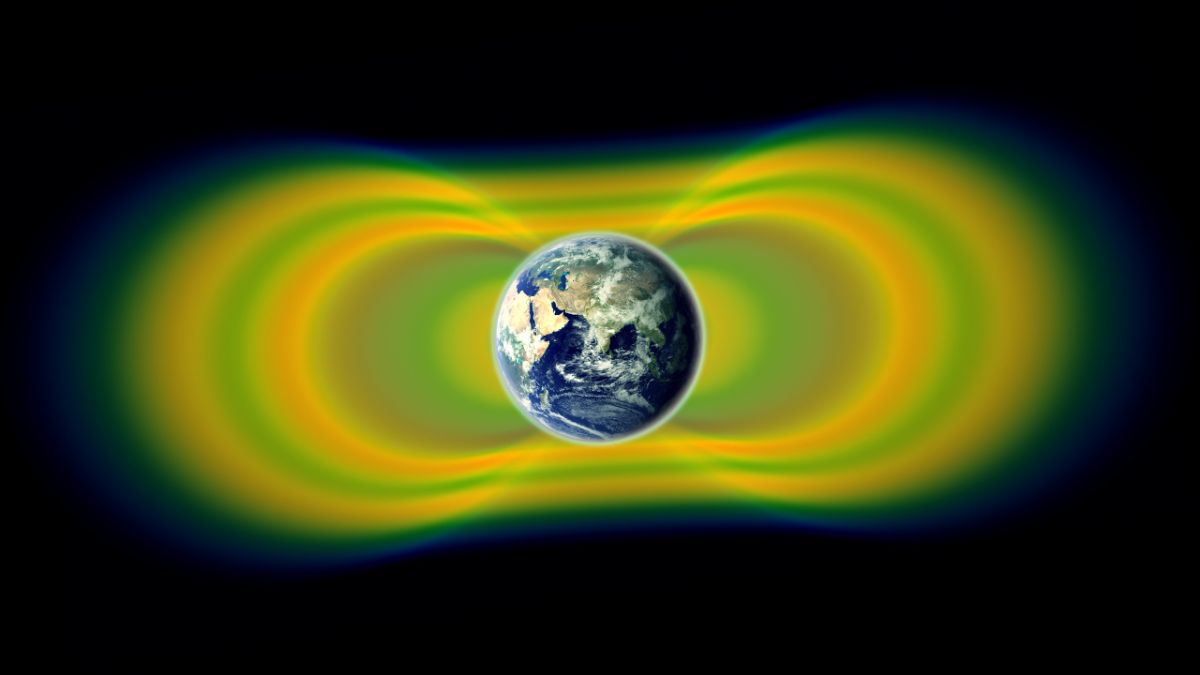Radiation Belt Beyond the Solar System Detected for the First Time

For the first time, astronomers have detected a band of radiation surrounding an object beyond the borders of our solar system.
The astronomers report in Nature, on May 15, that a belt of energetic electrons encompasses a Jupiter-sized body situated about 18 light-years away from Earth. The electrons radiate radio waves as they move. Radiation belts such as these provide insight into the cosmic object’s magnetic field’s shape, its interior structure, and possibly even whether it is orbited by moons.
In our solar system, each planet with a global magnetic field has radiation belts. Earth has the Van Allen belts, which are rings of electrons captured from the sun, whereas Jupiter’s radiation belts receive most of their particles from the volcanic moon Io. In such cases, the planet’s magnetic field traps electrons inside a bubble around the planet similar to fireflies enclosed in a jar.
Astronomers Melodie Kao and colleagues found comparable belts outside the solar system by observing a Jupiter-sized object known as LSR J1835+3259 using a network of thirty-nine radio dishes stretching from Hawaii to Germany. Together, the dishes formed a radio telescope with the same width as Earth, allowing the researchers to focus on the object’s environment.
Kao, of the University of California, Santa Cruz, said the team identified a belt resembling the ones found on Jupiter, but 10 million times more potent. The object is almost eighty times larger than Jupiter, indicating that it is either a small star or a giant brown dwarf, which is a dim star-like entity that is not sufficiently massive to maintain hydrogen fusion.
One significant enigma is where the electrons originated. The object does not revolve around a star and does not appear to emit flares. Kao claims that a volcanic satellite would meet the criteria, but this is still speculative.
Knowing that LSR J1835+3259 has a radiation belt will aid in the interpretation of data from exoplanets in the future, even if astronomers cannot see such belts directly.
Kao stated, “Exoplanet magnetism is truly at its infancy. Until we can characterize exoplanet magnetic fields, we’ll miss entire segments of their life stories.”




